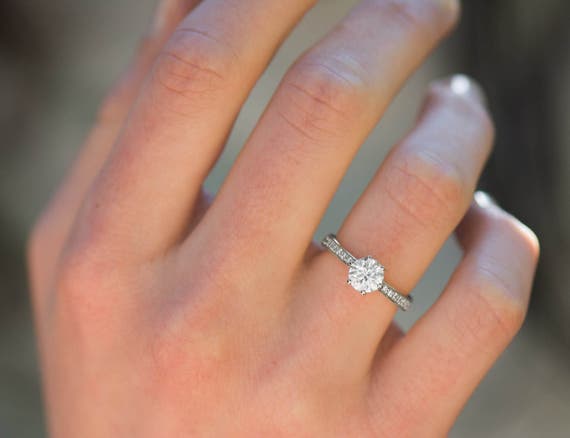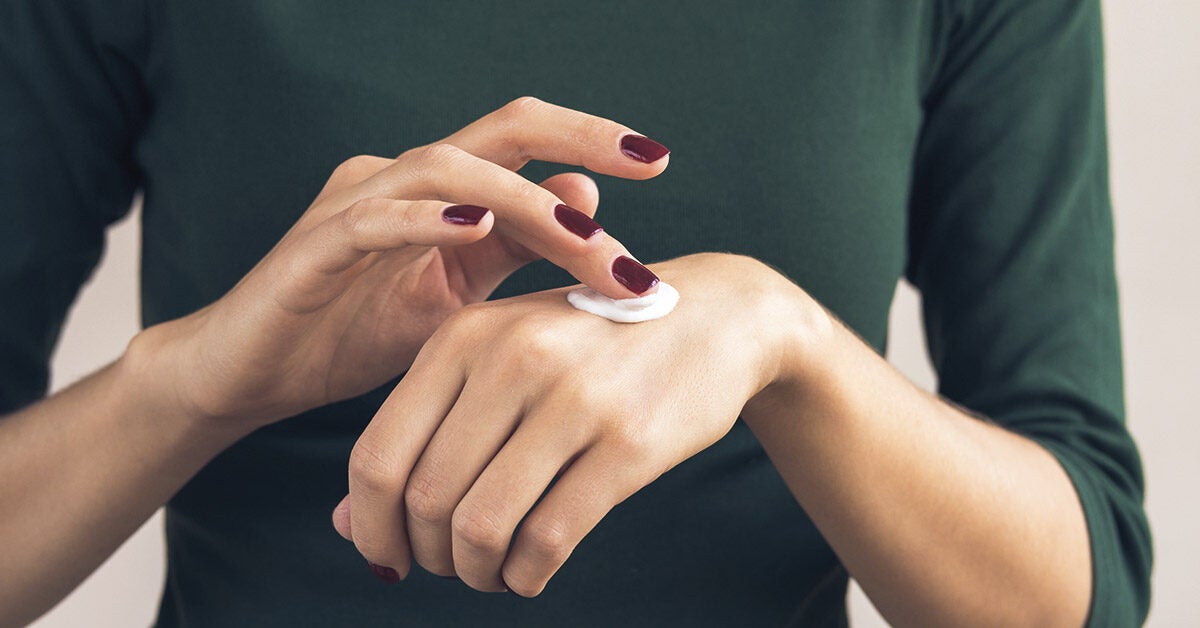Lab Created Diamonds vs Natural Diamonds: What You Need to Know

Introduction: The Modern Diamond Debate
The sparkling world of diamonds is no longer just about mining from the Earth. In recent years, a fascinating shift has emerged in the jewelry industry: the rise of lab created diamonds. These synthetic gems, often referred to in Spanish as diamantes de laboratorio, offer a modern alternative to traditional natural diamonds. But how do they truly compare?
As more consumers lean toward ethical and sustainable choices, the comparison of diamantes de laboratorio vs diamantes naturales, lab created diamonds becomes increasingly relevant. From pricing to environmental impact, this article explores every aspect of these two diamond types, helping you make an informed and confident decision.
What Are Lab Created Diamonds?
Lab created diamonds are real diamonds produced in a laboratory using high-tech processes that mimic the natural conditions in which diamonds form in the Earth’s mantle. The two most common methods for creating these gems are High Pressure High Temperature (HPHT) and Chemical Vapor Deposition (CVD).
Despite being man-made, lab created diamonds are chemically, physically, and optically identical to natural diamonds. In fact, without specialized equipment, even a trained gemologist would struggle to tell them apart.
The key difference lies not in their appearance or composition but in their origin. While natural diamonds take billions of years to form deep within the Earth, lab diamonds can be grown in a matter of weeks in controlled environments.
How Are Natural Diamonds Formed?
Natural diamonds are the result of intense heat and pressure acting on carbon atoms more than 100 miles beneath the Earth’s surface. This process takes anywhere from one to three billion years. Volcanic eruptions eventually push these stones closer to the surface, where they can be mined.
Because of their natural origin, each diamond carries a unique story marked by geological conditions, making them highly prized by collectors and purists. However, the journey from mine to market is not without controversy. Diamond mining has been linked to environmental degradation and human rights issues, especially in conflict-prone areas.
Cost Comparison: Which Is More Affordable?
One of the most noticeable differences between diamantes de laboratorio vs diamantes naturales, lab created diamonds is price. Lab created diamonds typically cost 30% to 50% less than their natural counterparts of similar size, clarity, and cut. This significant price advantage is primarily due to the reduced production and distribution costs associated with lab-grown gems.
For example, a one-carat natural diamond might cost $6,000, while a lab created diamond of the same specifications could cost just $3,500. For couples looking for an affordable engagement ring or individuals shopping for everyday luxury, lab diamonds make a compelling case.
Ethical and Environmental Considerations
The environmental footprint of diamond mining is considerable. Extracting a single carat of natural diamond can require the removal of over 200 tons of earth and up to 120 gallons of water. Furthermore, mining operations are often associated with deforestation, habitat destruction, and carbon emissions.
In contrast, lab created diamonds are often seen as the greener alternative. They require far less land, generate fewer emissions, and are free from the ethical concerns tied to conflict diamonds. As consumers become more conscious of sustainability, lab diamonds offer a guilt-free sparkle that appeals to modern values.
In fact, a study by Frost & Sullivan found that lab grown diamonds produce just 6% of the carbon emissions associated with mined diamonds. This data points to a clear environmental benefit for those leaning toward lab-created options.
Quality and Certification Standards
Contrary to a common myth, lab created diamonds are not inferior in quality. Like natural diamonds, they are graded by independent gemological institutes such as the Gemological Institute of America (GIA) and the International Gemological Institute (IGI). The 4Cs—cut, color, clarity, and carat weight—apply to both types.
What’s more, because lab created diamonds are formed in controlled environments, they often have fewer inclusions and imperfections compared to natural stones. This means that, for the same price, you may be able to purchase a lab diamond with a higher clarity or larger carat size than a natural one.
Resale Value and Long-Term Investment
When it comes to investment and resale, natural diamonds currently hold more market value. Traditionally seen as heirloom assets, natural diamonds often retain or appreciate in value over time due to their rarity and cultural significance.
On the other hand, lab created diamonds tend to have lower resale value. Because they can be mass-produced and lack the same level of scarcity, the market demand for second-hand lab diamonds is relatively limited. This doesn’t mean they lack value, but it’s something to consider if you’re purchasing with long-term investment in mind.
However, some jewelers are beginning to offer buy-back or upgrade programs for lab created stones, which might increase their future market presence and value retention.
Personal Choice: Which Diamond Is Right for You?
Choosing between diamantes de laboratorio vs diamantes naturales, lab created diamonds ultimately comes down to personal priorities. If you value tradition, natural rarity, and long-term investment, a natural diamond might be your ideal choice. However, if you’re looking for a more affordable, ethically produced, and environmentally friendly gem, lab created diamonds offer incredible advantages.
For many modern consumers, especially Gen Z and millennials, the values surrounding sustainability and social responsibility weigh more heavily than old-school luxury ideals. This generational shift is reshaping the diamond industry and bringing lab grown options to the forefront.
Real World Examples: Celebrity Support and Market Growth
Celebrities like Meghan Markle and Leonardo DiCaprio have championed lab created diamonds. DiCaprio, an environmental activist, invested in a lab diamond company, further elevating their public profile. Meanwhile, fashion-forward brands such as Pandora and Brilliant Earth have embraced lab created gems as part of their core offerings.
According to a 2023 report by Bain & Company, lab grown diamonds now represent over 15% of the global diamond market—and this share is projected to grow annually. The rising demand is being driven not just by cost-conscious buyers, but also by those seeking transparency and traceability.
Conclusion: The Future of Diamonds
As awareness grows, the debate of diamantes de laboratorio vs diamantes naturales, lab created diamonds becomes more nuanced. Both types have their merits and drawbacks, but one thing is certain: lab created diamonds are here to stay.
With advancements in technology, growing consumer consciousness, and evolving cultural values, lab created diamonds have firmly established their place in the jewelry world. Whether you’re shopping for an engagement ring or a timeless piece of luxury, understanding the differences empowers you to make a choice that aligns with your values, budget, and style.
In the end, the best diamond is the one that tells your story—sparkling with meaning, not just brilliance.
Recent Posts
 What are Some Common Mistakes to Avoid While Trimming Your Beard?
What are Some Common Mistakes to Avoid While Trimming Your Beard? A Guide to Updating Your Skincare Routine for Summer
A Guide to Updating Your Skincare Routine for Summer 5 Things To Keep In Mind When Ordering From A China Hair Factory
5 Things To Keep In Mind When Ordering From A China Hair Factory Why Moisturising Your Hands Is So Important?
Why Moisturising Your Hands Is So Important? What Is Your Curl Pattern Type, And How Do You Deal With It?
What Is Your Curl Pattern Type, And How Do You Deal With It? Dermal Fillers: What Are Dermal Fillers, How Are They Used, And Who Uses Them?
Dermal Fillers: What Are Dermal Fillers, How Are They Used, And Who Uses Them? How Filorga Optim Eyes Works
How Filorga Optim Eyes Works Reverse Balayage: A Low Maintenance Cost For Beauty in Winter
Reverse Balayage: A Low Maintenance Cost For Beauty in Winter Shape the Brows with efficient Eyebrows Tinting
Shape the Brows with efficient Eyebrows Tinting Different Types of Hair Extensions
Different Types of Hair Extensions
